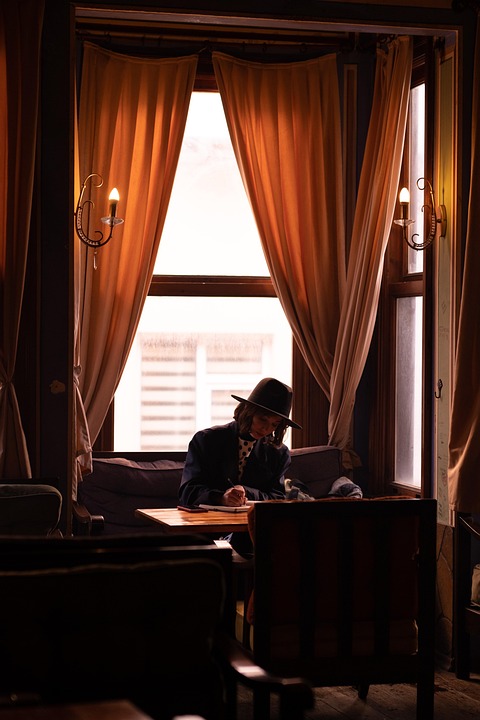
The Power of Lighting: How to Use Light to Transform Your Space and Mood
Lighting is often an afterthought when it comes to designing and decorating a space. However, the right lighting can completely transform the ambiance and mood of a room, making it feel more welcoming, energizing, or relaxing. In this article, we will explore the power of lighting and provide tips on how to use light to enhance your space and mood.
The Psychology of Lighting
Lighting has a profound impact on our emotions and behavior. Different types of light can evoke different emotional responses, from calmness and serenity to energy and excitement. Warm white light, for example, can create a cozy and intimate atmosphere, while cool blue light can stimulate alertness and focus. Understanding the psychological effects of lighting can help you choose the right lighting for your space and needs.
Types of Lighting
There are several types of lighting, each with its own unique characteristics and effects. The most common types of lighting include:
- Ambient lighting: Provides overall illumination to a space, creating a sense of warmth and comfort. Examples include ceiling fixtures, table lamps, and floor lamps.
- Task lighting: Directs light to a specific area or task, such as reading or cooking. Examples include under-cabinet lighting, desk lamps, and pendant lights.
- Accent lighting: Highlights specific features or objects, such as artwork or architectural details. Examples include spotlights, track lighting, and LED tape lights.
Using Light to Transform Your Space
Lighting can be used to completely transform the look and feel of a space. Here are some tips on how to use light to enhance your space:
- Layer your lighting: Combine different types of lighting to create a layered look that adds depth and interest to your space. For example, use ambient lighting to create a warm glow, task lighting to highlight specific areas, and accent lighting to draw attention to special features.
- Consider the color temperature: Choose lighting with a color temperature that complements the mood and atmosphere you want to create. Warm white light (2700K-3000K) is ideal for cozy and intimate spaces, while cool blue light (3500K-5000K) is better suited for energizing and stimulating environments.
- Use dimming and controls: Install dimming switches or smart lighting systems to adjust the lighting levels and color temperature to suit your needs and mood.
- Add decorative lighting: Use decorative lighting fixtures, such as chandeliers or sconces, to add visual interest and create a sense of drama and elegance.
The Impact of Lighting on Mood
Lighting can have a significant impact on our mood and emotional well-being. Here are some ways in which lighting can affect our mood:
- Mood enhancement: Bright light can boost our mood and energy levels, while warm and cozy lighting can create a sense of relaxation and calmness.
- Seasonal affective disorder (SAD): Lack of natural light during the winter months can lead to SAD, a type of depression that can be treated with light therapy.
- Circadian rhythms: Exposure to natural light and darkness can regulate our circadian rhythms, which can affect our sleep patterns, appetite, and overall health.
Conclusion
Lighting is a powerful tool that can transform your space and mood. By understanding the psychology of lighting, choosing the right types of lighting, and using light to create a layered and dynamic look, you can create a space that is both functional and beautiful. Remember to consider the color temperature, use dimming and controls, and add decorative lighting to create a sense of drama and elegance. With the right lighting, you can enhance your mood, energy levels, and overall well-being, making your space a haven of comfort and joy.